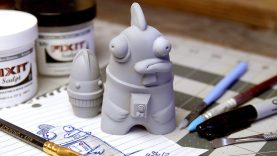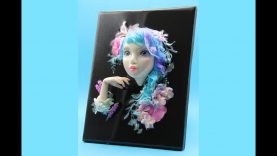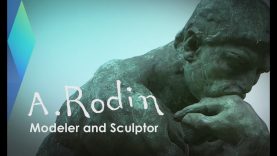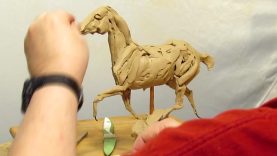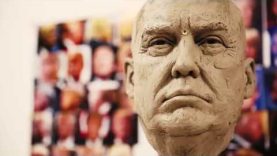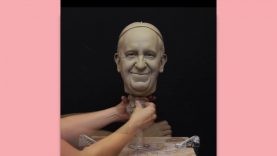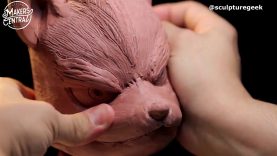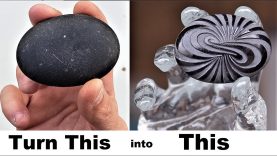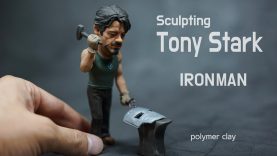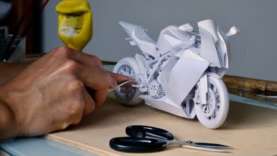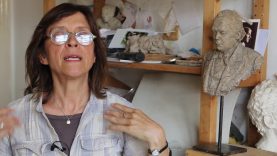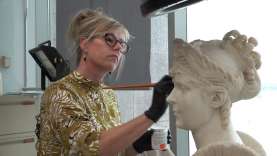Making a Spanish Polychrome Sculpture
Seventeenth-century Spanish polychrome sculpture was intended to appear as lifelike as possible. Compared to bronze or marble statues, sculpted and painted wooden figures–often with glass eyes and wigs–achieve a remarkable realistic effect. Artists specialized in particular Spanish polychromy techniques, such as estofado: painting and incising to create rich silk fabrics with raised patterns in gold and silver used for the garments, and encarnaciones: blending and applying of oil paint for lips, hair, and modulations of the skin. Learn more about these techniques in this video from the Getty Museum.
Love Art? Hit Subscribe! (https://www.youtube.com/user/gettymuseum?sub_confirmation=1)
Related exhibition:
http://bit.ly/WPozz
Saint Ginés de la Jara
http://bit.ly/1761Nt
#artconservation #gettyconservation #gettymuseum



